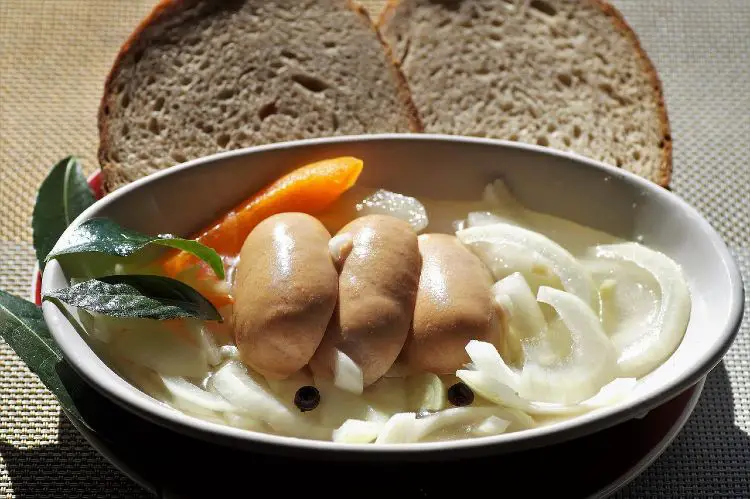The Quince
Plant a quince tree in your garden and it is one of the very best investments you will make. This deciduous tree belongs to the Cydonia family of pome fruits, like apples and pears, and is thought to have originated from Asia. The leaves do let it down aesthetically: they are quite dark, long and furry but tend to curl, go dark and turn to a rather unattractive brown at the edges as the tree matures. There is one standing in our garden which yields literally hundreds of quinces, and they fall to the ground like heavy balls at the end of summer, beginning of September.
Legend has it that the name for tomato in Italian, “pomodoro”, was originally attributed to the quince’s spherical, golden appearance.
The Spanish make membrillo, or quince cheese from them to serve with cheese and the odd jar of quince jam is always appreciated. The quince is a bitter fruit, and therefore a great deal of sugar is required to make it edible. The Romans and Greeks cooked quinces with honey and some people roast them slowly with a sweet white wine until the flesh is soft and golden. It is an acquired taste: there is a heady fragrance to cooked quince that is very particular and quite strong. The beautiful, jewel like pinkness of it more than makes up for any doubts.
Quince Jam
Ingredients to make approximately eight 450g quince jam jars.
2 kg. net weight of peeled, cored, diced quinces
1 litre of fresh water
the juice of 2 lemons
1.5 kg. of sugar
Method
Put the quince chunks into a preserving pan with the water and the lemon juice. Simmer until soft and turning into a puree, this should take about 30 minutes over moderate heat.
Add the sugar and mix. Bring to the boil and cook reasonably briskly but not explosively, for 35-40 minutes. Keep stirring.
To test for a set, take a teaspoonful of the jam, place it on a saucer and push it with your finger. If the jam goes crinkly, then it is at setting point. Take off the heat, and leave to cool.
Wash 8 jam jars and sterilise by placing in a hot oven for about half an hour. Fill and lid the jars while still hot. Label the jar when cool.
Quince Cheese
Ingredients
2 kg. of quinces
Sugar (for weight read the recipe – it depends on the weight of the quince flesh)
Water
Juice of a lemon
Method
Cut up the quinces, place in a large saucepan and cover with water. Bring to the boil, the simmer the fruit until it is completely soft.
Strain away excess water, and then mash the flesh of the quinces through a mouli or sieve.
Weigh the pureed quince flesh, pour it into a pan and add an equal amount of sugar in weight. Heat and keep stirring, so that the mixture simmers away gently. Never stop stirring.
The quince puree will turn quite dark pink in colour. If the paste tastes too sweet, you can cut the sweetness with a little lemon juice, enough to taste. Pour the quince puree on a tray lined with baking parchment, to a depth of about 2 cm.
Leave the membrillo quince paste to set in a cool place, not the fridge. Slice into squares and serve with Manchego, or any hard salty cheese.
